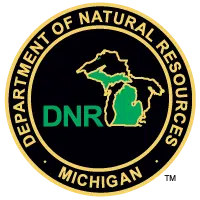U.S. Senators Gary Peters (MI) and Debbie Stabenow (MI) today applauded the news that the U.S. Environmental Protection Agency (EPA) is making $37,348,000 in federal grants available to Michigan to address PFAS in drinking water. The funding is provided by the EPA’s Emerging Contaminants in Small or Disadvantaged Communities (EC-SDC) Grant Program – which was created through the Bipartisan Infrastructure Law that Peters and Stabenow helped enact into law – and will help mitigate PFAS and promote access to clean water in rural and underserved communities while supporting local economies.
“PFAS contamination and exposure has harmed communities across Michigan, and is not only an environmental threat but a danger to public health and local economies – which is why addressing these toxic chemicals has been one of my top priorities in the Senate,” said Senator Peters. “I’m proud to have helped pass the infrastructure law that made this federal funding available to mitigate PFAS and expand access to clean drinking water, including for rural and underserved communities in our state. I’ll work closely with state and local leaders to make sure this funding is implemented effectively.”
“People in communities across Michigan have experienced the fear and frustration of finding out that contaminants like PFAS now threaten their home, community and health of their families. This funding is critical for the clean up of these contaminants. It will help communities who don’t have the resources to address the problem on their own, clean up the contaminants so that residents have safe drinking water that we all take for granted,” said Senator Stabenow.
The Bipartisan Infrastructure Law made a historic investment in clean drinking water, including dedicated funding to replace lead service lines and address PFAS contamination – including through this grant program. This grant funding can be used to prioritize infrastructure and source water treatment for PFAS – and to conduct water quality testing and implement water treatment solutions.



























Comments